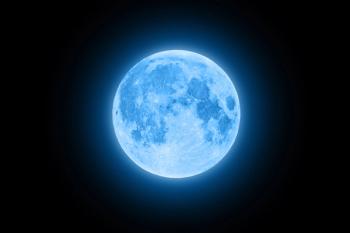
Laser-induced breakdown spectroscopy (LIBS) is being used frequently in space exploration missions. In this article, we review how LIBS is being used to increase our knowledge of the Moon and certain asteroids.

Top articles published this week include two peer-reviewed articles that explore optical detection technology for seed vigor and classifying flowers, as well as a profile on Benjamin Manard, who was recognized as the winner of the 2025 Emerging Leader in Atomic Spectroscopy.

Laser-induced breakdown spectroscopy (LIBS) is being used frequently in space exploration missions. In this article, we review how LIBS is being used to increase our knowledge of the Moon and certain asteroids.
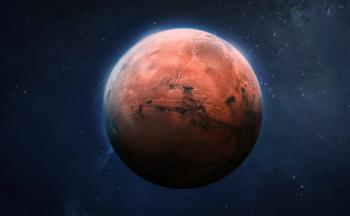
Laser-induced breakdown spectroscopy (LIBS) is being used to propel many space exploration missions forward. In this two-part article, we recap a recent study that explores the role LIBS is playing in space exploration.
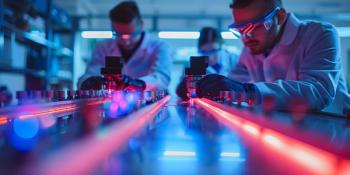
A compilation of recent studies that used laser-induced breakdown spectroscopy (LIBS) as part of the experimental procedure are presented.
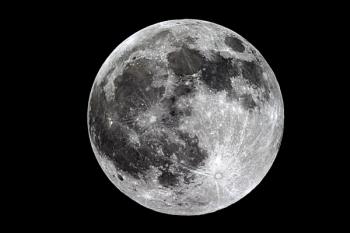
Scientists from the University of Tokyo explored the utility of laser-induced breakdown spectroscopy (LIBS) in lunar missions.
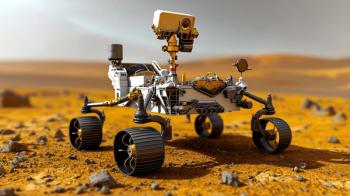
NASA’s Perseverance rover is collecting valuable information for scientists back on Earth. A recent study explored how laser-induced breakdown spectroscopy (LIBS) is being used to analyze the Martian surface.

A recent study presents a new technique that combines femtosecond double-pulse laser-induced breakdown spectroscopy (fs-DP-LIBS) with machine learning (ML) algorithms to significantly enhance tissue discrimination and signal quality, paving the way for more precise biomedical diagnostics.
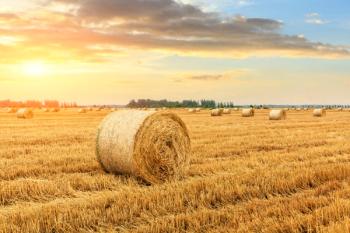
In this paper, a system based on laser induced breakdown spectroscopy (LIBS) and back propagation (BP) method was developed for the composition and traceability analysis of crop burning smoke.
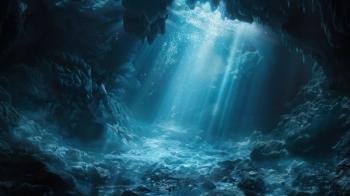
Researchers in China proposed a new method using laser-induced breakdown spectroscopy (LIBS) in deep-sea mineral detection.
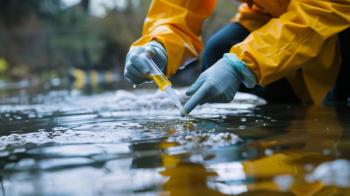
A recent review article published in the Journal of Analytical Atomic Spectrometry describes the latest advancements in environmental monitoring while expanding the capabilities of inductively coupled plasma–mass spectrometry (ICP-MS) and laser-induced breakdown spectroscopy (LIBS).

Top articles published this week include a preview of our upcoming “The Future of Forensic Analysis” e-book, a few select offerings from “The Future of Forensic Analysis,” and a news story about next-generation mineral identification.
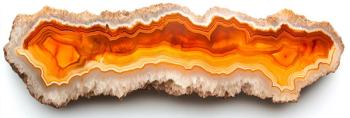
A pioneering study integrates laser-induced breakdown spectroscopy (LIBS) with Raman spectroscopy (RS) and applies machine learning (ML) to achieve exceptional accuracy in mineral identification. The combined approach not only leverages the strengths of both techniques but also enhances classification precision, achieving up to 98.4% accuracy.
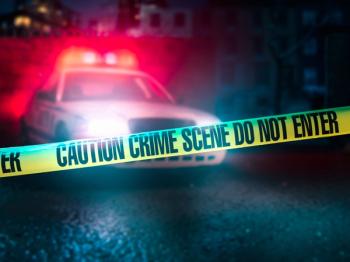
Researchers have developed a cutting-edge, portable LIBS sensor designed for crime scene investigations, offering both handheld and tabletop modes. This device enables on-the-spot analysis of forensic samples with unprecedented sensitivity and depth, potentially transforming forensic science.

Matthieu Baudelet, an associate professor of Chemistry at the National Center for Forensic Science at the University of Central Florida, is currently exploring how laser-based spectroscopic techniques can be used in forensic anthropology. Spectroscopy recently sat down with Matthieu Baudelet, Kristen Livingston, and Katie Zejdlik to discuss their research as part of “The Future of Forensic Analysis” content series.
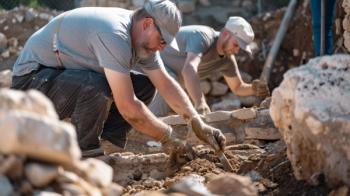
A recent study demonstrated how using laser spectroscopic techniques can help uncover new information about archaeological samples.
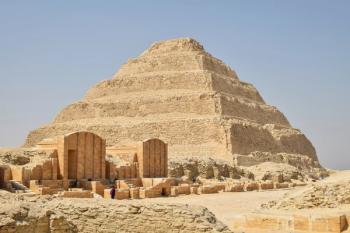
A recent study used laser-induced breakdown spectroscopy (LIBS) to analyze artifacts from King Djoser’s Step Pyramid at Saqqara.

Here, we present a compilation of recent studies that used laser-induced breakdown spectroscopy (LIBS) in their research.

A recent study from Southwest Jiaotong University examines using laser-induced breakdown spectroscopy (LIBS) to analyze the sturdiness of steel rails used in infrastructure projects.
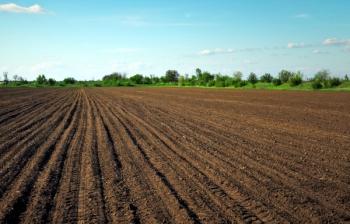
Heavy metals in soil remains one of the most pressing issues in environmental conservation efforts. According to the authors of a new study, laser-induced breakdown spectroscopy (LIBS) can contribute to the solution.
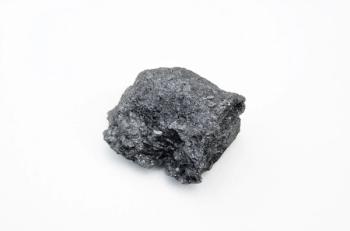
During a talk at the Winter Conference on Plasma Spectrochemistry, a scientist from the Oak Ridge National Laboratory shared how his team is using laser induced breakdown spectroscopy to analyze TRISO particles.
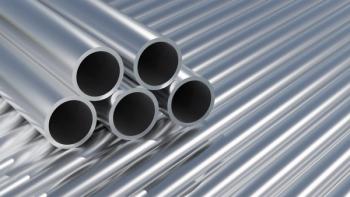
Differing grades of aluminum alloys have large differences in their composition, especially when it comes to trace elements, emphasizing the need for them to be evaluated for means of production, use, and recycling.

This experiment employed laser-induced breakdown spectroscopy (LIBS) to enhance the accuracy of depth profiling in plasma-facing materials, paving the way for improved understanding of plasma-wall interactions in nuclear fusion reactors.
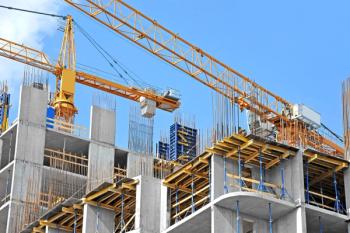
Laser-induced breakdown spectroscopy (LIBS) could be used to monitor chloride ingress in concrete structures, which has implications for future infrastructure.

Scientists from Xi’an Jiaotong University in Xi’an, China measured the effects of ablation craters on geomaterials that occur as a side effect of laser-induced breakdown spectroscopy (LIBS).
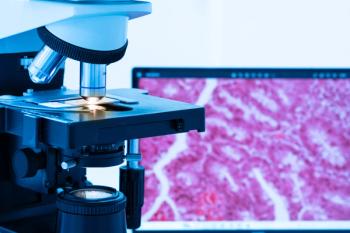
The use of high-resolution LIBS imaging requires the reduction of acquisition time. The authors describe a new developed system that accomplishes this goal and can be used in various applications where elemental composition and elemental distribution analysis is required.
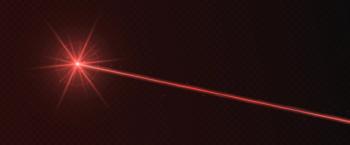
Scientists from Moscow, Russia studied the dynamics of lithium plasma under laser-induced breakdown spectroscopy using a custom system made using 3DLINE code.